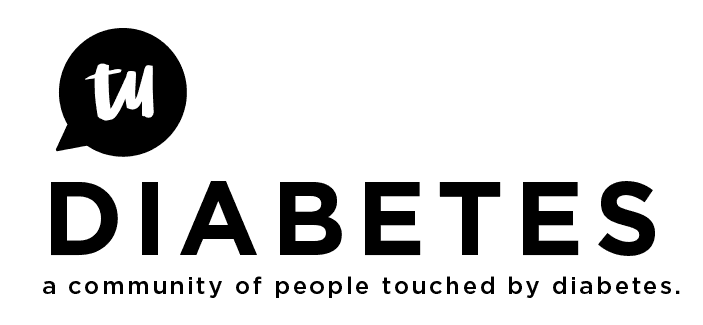I have a question for everyone. I will give as much detail as I can. I was speaking with my CDE a few days back (July 1) and he said that I was giving too much basal insulin. i was used to eating the wrong foods and not dosing correctly, so in turn I had my basil rates cranked up to help cover what I was mis-calculating for. So I have been working on that, and making some decent progress. My post meal spikes were always 250+ and now I get concerned at the 150 mark, and that’s only 4 days. Thus far in very happy with the short term progress. Now comes the question: I have been using Dual/Combo Bolus’s quite extensively, and notice that some meals I dont spike anymore…like at all. I had a Sonic Cheeseburger meal with medium tater tots and diet coke. I gave a Dual Bolus for 17units (carb ratio is 1:5 currently) split 60/40 over a 1.5hr period. I was 129 pre meal, and had a couple units on board correcting from a small snack I had earlier that I didn’t bolus enough for (Got up to a whopping 160 on that one) So, is that normal not to spike at all? Just curious. Ive never had that not happen and it strikes me as odd to have to explain to my endo/CDE when I ate on a relatively flat BG graph. What are your thoughts?
There are some high fat/high protein meals, where the carbs present absorb more slowly than you might expect if you think “all that counts is the carbs”.
This is generically called the “pizza effect”.
It is very possible to use this effect to get very good postprandial bg’s, when you find a meal that matches your personal insulin absorption. When I was in college, many many decades ago, I found out that good old Regular insulin was an excellent match to pizza.
There’s a corrolary to the pizza effect, that 4 or 5 hours after a meal your bg will rise as the proteins finally get digested into carbs via gluconeogenesis. Again, with right dosing this can be accomodated for.
BTW, I think it’s easy for us to fall into a trap of thinking that just because a high-fat meal happens to match our insulin absoprtion that we should eat nothing except high fat meals. Some here scoff at the dieticians who suggest eating a balanced diet and instead think the whole world of nutrition is made of nothing except carbs and non-carbs. I think it is worthwhile to explore different foods, and discover that non-carb foods do have a real impact on our bg’s.
The “carbs cause spikes and that’s all” view of nutrition or bg’s after meals is simple but IMHO too narrow. Really we have to look at the non-carb portions of our meals and understand how they affect absorption of carbs, and also how they can cause rises in bg’s after meals as proteins and fats get digested too.
I agree, and that’s what I have been doing. Adding extra insulin later down the road to counter the carbs from other fat/protein sources. I used to not do that, hence my bad BG post meal before I started this line of thinking. Its almost scary at how well it works. Its like a revelation to me. I just wish I had known about this years earlier.
My thoughts are “use what works.”
I’ve used a combo or dual wave bolus to bring down a high at a slower rate and for high fat meals. I find it very effective if I measure carbs correctly.
Nonetheless, I think it’s a good idea to let the basal do as much work as possible. If you eat irregularly, however, or a wide variety of foods, that’s not really possible. I don’t know what number or percentage your CDE thinks is “too high”, but mine tells me that 50/50 (basal/bolus) is right for most people and 40/60 is right for more active people.
I personally would not increase my basal to make up for covering undercalculating carbs. If you miss a meal or eat later you could easily go low. Also, you might not actually undercalculate. It certainly won’t encourage me to learn how to calculate and bolus correctly. I’m in favor of using insulin in the dose I need at the time I need. It’s helps me avoid the roller coaster effect.
Terry
I think most of us did know about it years earlier. Still the mental model found in books and on websites etc. is that carbs cause bg spikes. There’s very little consideration for the other elements of a meal, or that they can delay absorption of carbs, or cause their own rises in bg’s 4 or 5 hours after a meal.
In some ways the old ADA exchange diet seems more balanced that simply carb counting.
